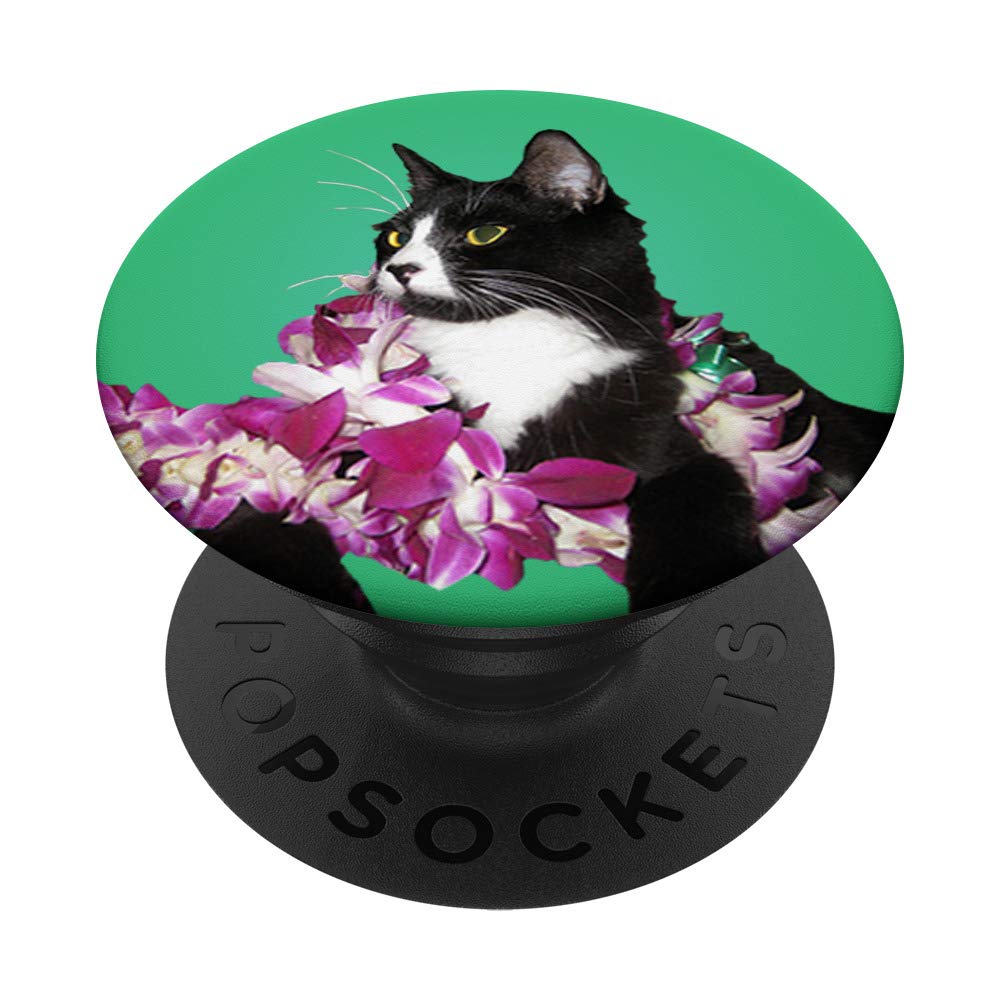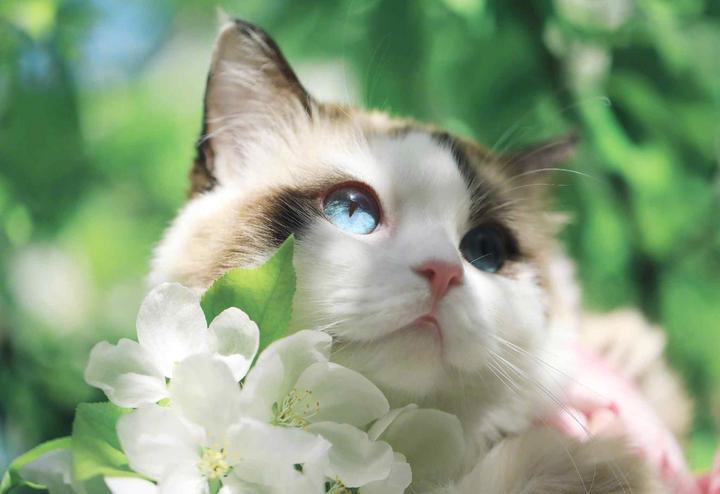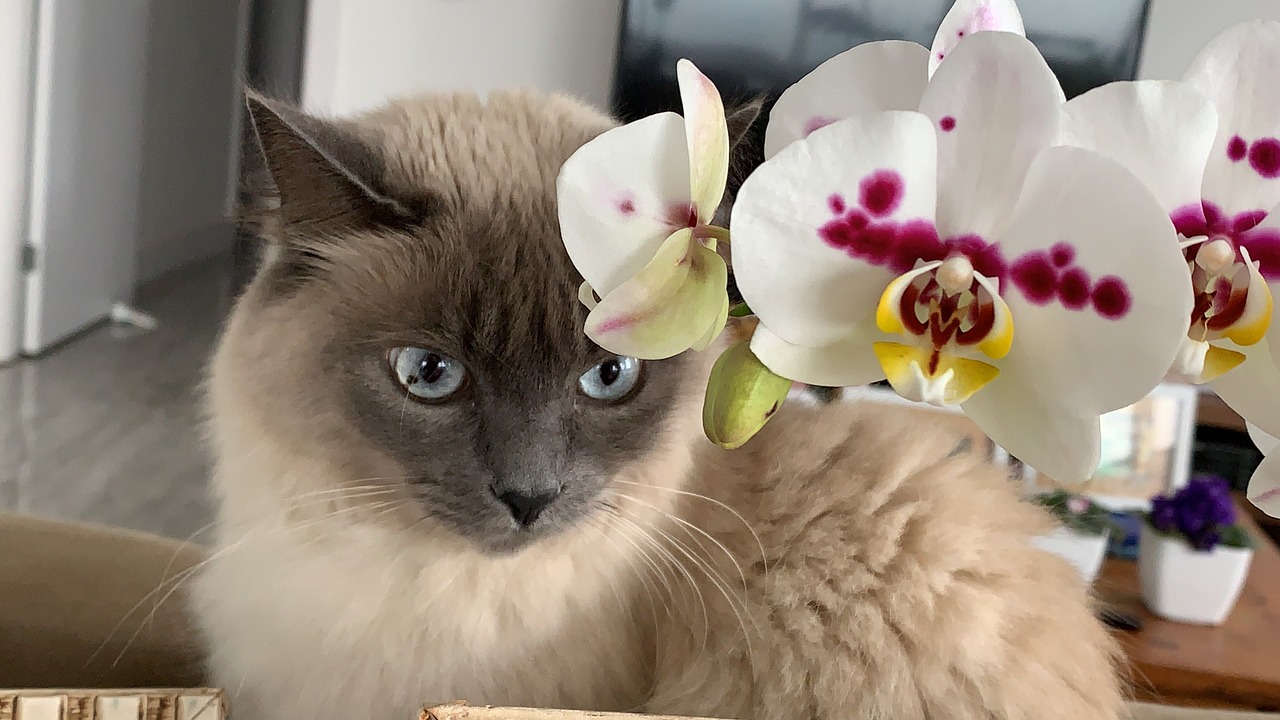Orchids are somewhat toxic to cats. The leaves of orchids contain a large amount of alkaloids. Cats are prone to vomiting, drooling and other poisoning reactions after accidentally ingesting them. If this happens, the cat should be sent to the pet hospital for treatment in time. It is generally not recommended for families with cats to plant orchids, lilies and other flowers. If you plant orchids, lilies and other flowers at home, be sure to place the flower pots out of the reach of cats to prevent them from accidentally eating them.
In This Article
What Types of Orchids are Toxic to Cats?
Some varieties of orchids are toxic to cats overall. Most of these plants are not suitable for sharing with cats, but some species may be non-toxic. Without being 100% certain, waste removal personnel should try to avoid having these varieties of orchids in the home to prevent damage to cats.
Clivia
Clivia is highly irritating to the cat’s digestive tract and respiratory system, causing severe burning sensation and causing the cat to have difficulty breathing and other symptoms. The common Clivia belongs to the Amaryllidaceae family. The whole plant is poisonous, among which the bulbs of Clivia and Narcissus are more toxic. These plants contain lycorine and other alkaloids. Eating a small amount can cause vomiting, diarrhea and other symptoms. Eating excessive amounts can lead to irregular heartbeat, spasm and even paralysis and death.
Sansevieria
Sansevieria is the “King of Plant Poisons” in the cat world. Whether it is flowers, pollen or stems and leaves, the saponins and colchicine contained in the whole plant are highly toxic to cats. Slight inhalation or chewing can cause cats to vomit, Poisoning phenomena such as diarrhea can lead to acute nephritis and acute renal failure in cats in a short period of time.
What to Do If Your Cat Eats a Toxic Orchid?
If you suspect that your cat has been poisoned by orchids, you should contact your veterinarian immediately and clearly tell the doctor about your cat’s symptoms during the call. If you can confirm the cat’s condition before and after the poisoning, the cause, the substances you suspect may have ingested, and the vomitus, it is best to inform them.
If your cat has vomiting symptoms, you can put the vomit in a clean container or plastic bag and bring it to the hospital for evaluation by a doctor. This will be very helpful for diagnosis and treatment.
The most common treatment for orchid poisoning is to induce vomiting. It is helpful to induce vomiting within 1 to 2 hours after ingesting poisonous food. In addition, some substances that inhibit the absorption of poisons can also be provided and infusion therapy can be given. However, the above determination and treatment are best left to the doctor.
If orchids, which are poisonous to cats, are attached to the fur, the cat may lick it because of the nasty dirt, posing a risk of poisoning. You can wash it off with warm water and shampoo. However, this must be done when the cat’s condition is still normal. If the cat is already weak, send it to the hospital for treatment as soon as possible!
How to Create a Cat-Safe Home Environment with Orchids?
Curious cats will try to taste anything they have access to, so keeping orchids out of your cat’s reach is the best way to keep them from eating the plant. If you see your cat showing any interest in a plant, redirect them onto a toy or game then reward them with a treat to reinforce good behavior. This can be difficult for outdoor cats that are free to explore the blooming flowers in springtime gardens. Keeping your kitties inside is the best way to control what they have access to.
It’s best to keep all toxic plants out of your house. Cats are sneaky and often find their way into areas that their parents could swear were blocked off completely. Even cat-safe plants should be kept out of their reach as much as possible to prevent tipped vases and chewed leaves.
What Flowers are Safe for Cats?
Spider plant (Chlorophytum comosum):
Also known as ribbon plants, spider plants have thin, flowing leaves that may help clear toxic substances from the air in enclosed spaces.
Roses (Rosa genus):
A bouquet of roses brightens up any day, and you can rest easy having these beautiful flowers around your cats. Just watch out for the thorns because they can still cause scratches.
Calathea (Calathea species):
These broad-leaved plants come in a variety of shapes, patterns, and colors. They’re easy to care for and safe to have around cats.
Sunflower
The rich color of sunflowers makes people full of happiness. Even a single flower will light up the entire space at once! Be sure to buy real sunflowers, not “sheepskin” daisies, as daisies are poisonous to cats.
Rosemary
This herb plant is not only favored by French chefs. It can also be loved by cats. Planting a pot of rosemary will not only bring fragrance to the whole room, but also become a flavor-enhancing spice for cat rice.
Succulents
These succulents are easy to preserve and look great on bookshelves and in the bathroom. Most meats are safe for cats, but be aware that aloe vera, jasper, and green jade cactus are not.
There are many varieties of orchids (Orchidaceae), and these stunning flowers add wonderful color to any garden or bouquet. But cat parents must know whether orchids are safe around their kittens.Some varieties of orchids contain substances or chemicals that are toxic to cats, and cats should not eat them freely. Any plant your cat eats has the potential to cause an upset stomach. Cats should be discouraged from eating orchids and any other plants that may interest them.If your cat eats an orchid, the best thing to do is to keep a close eye on them. Most cats will experience no ill effects from eating small amounts of the plant, but some may show signs of gastrointestinal distress. A bout or two of vomiting bringing up plant matter is not unexpected and should not be a problem as long as your cat returns to normal quickly.
